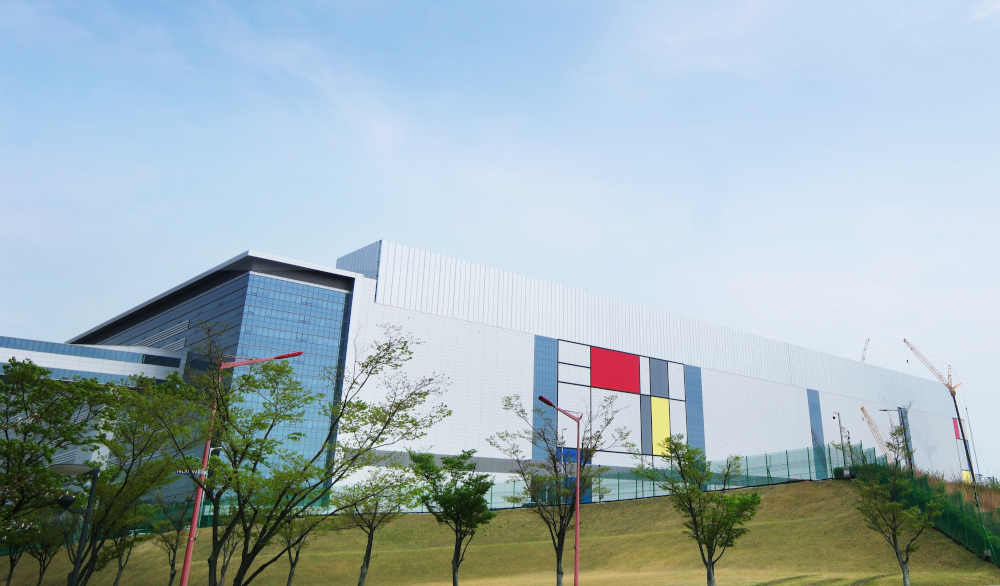 INFRA
INFRA
 INFRA
INFRA
 INFRA
INFRA
Samsung Electronics Co. Ltd. is the world’s largest producer of memory chips. This morning, the company announced an ambitious investment plan aimed at making it the leader in the processor market as well.
Samsung intends to invest 133 trillion Korean won, or $116 billion, through 2030 to expand its processor business. That breaks down to an average of $9.5 billion a year. For comparison, Taiwan’s TSMC Corp. Ltd., the world’s fourth-largest chip producer, projects total capital expenditures of $10 billion to $11 billion this year.
Samsung will divide the $116 billion investment between research and manufacturing. About $63 billion will be used to expand its South Korean chip development operations, while the remaining $52 billion has been earmarked for building processor fabrication infrastructure. Samsung will hire an estimated 15,000 new employees to support the initiative.
The plan broadens the company’s already aggressive investment roadmap in the semiconductor market. Two years ago, Samsung set aside $14.4 billion to upgrade a memory plant in the South Korean city of Pyeongtaek and pledged to spend $5.2 billion on another facility (pictured) in neighboring Hwaseong.
The move into processors could help the company reduce its reliance on memory chips, which currently account for the bulk of its semiconductor group’s revenue. The electronics giant has had to issue two profit warnings in the past three months due to falling memory prices.
Taking on TSMC, Intel Corp. and the other deeply entrenched players in the chip market won’t be easy. All of them are pursuing aggressive expansion roadmaps as well, with Intel alone currently upgrading production facilities in three different countries. But although it will certainly face challenges, Samsung has already demonstrated that it can compete at the cutting edge of semiconductor design.
This month, the company completed the development of new fabrication technology that will allow it to produce five-nanometer chips. The electronics giant is aiming to start mass producing in the second half of 2020. That puts it well ahead of Intel, which currently only makes 14-nanometer processors and plans to ship its first 10-nanometer products later this year.
Support our mission to keep content open and free by engaging with theCUBE community. Join theCUBE’s Alumni Trust Network, where technology leaders connect, share intelligence and create opportunities.
Founded by tech visionaries John Furrier and Dave Vellante, SiliconANGLE Media has built a dynamic ecosystem of industry-leading digital media brands that reach 15+ million elite tech professionals. Our new proprietary theCUBE AI Video Cloud is breaking ground in audience interaction, leveraging theCUBEai.com neural network to help technology companies make data-driven decisions and stay at the forefront of industry conversations.